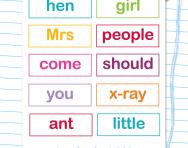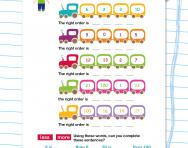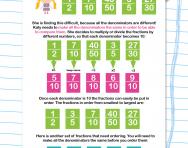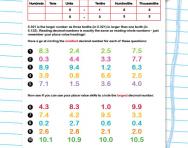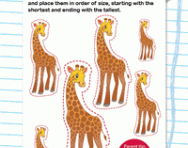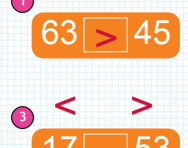What is ascending order?

What is ascending order?
When a group of numbers are given in ascending order, this means they are given in order from smallest to largest (ascending means 'going up').
Ascending order in KS1 and KS2
Children are often asked to order numbers.
In Key Stage 1, they may be asked to order two-digit numbers such as the following:
58 15 85 49 30
In Key Stage 2, children are often asked to order decimals such as the following:
0.4 0.18 0.9 1.2 0.49
They will usually be asked to put the numbers in order from smallest to largest. It is rare that they will be expected to know what 'ascending' means, however it is useful for them to be aware of this term.
If you are asked to put a list of dates in ascending order, that would be from earliest date to latest date, so these dates:
05/09/13 06/01/13 09/07/13
would be changed into this order:
06/01/13 09/07/13 05/09/13
Ascending order is also used for putting words into alphabetical order, from A to Z, so these words:
aardvark squirrel kangaroo marmot
would go in this order:
aardvark kangaroo marmot squirrel
Children might also be asked to order numbers, dates or words in descending order.

Give your child a headstart
- FREE articles & expert information
- FREE resources & activities
- FREE homework help



